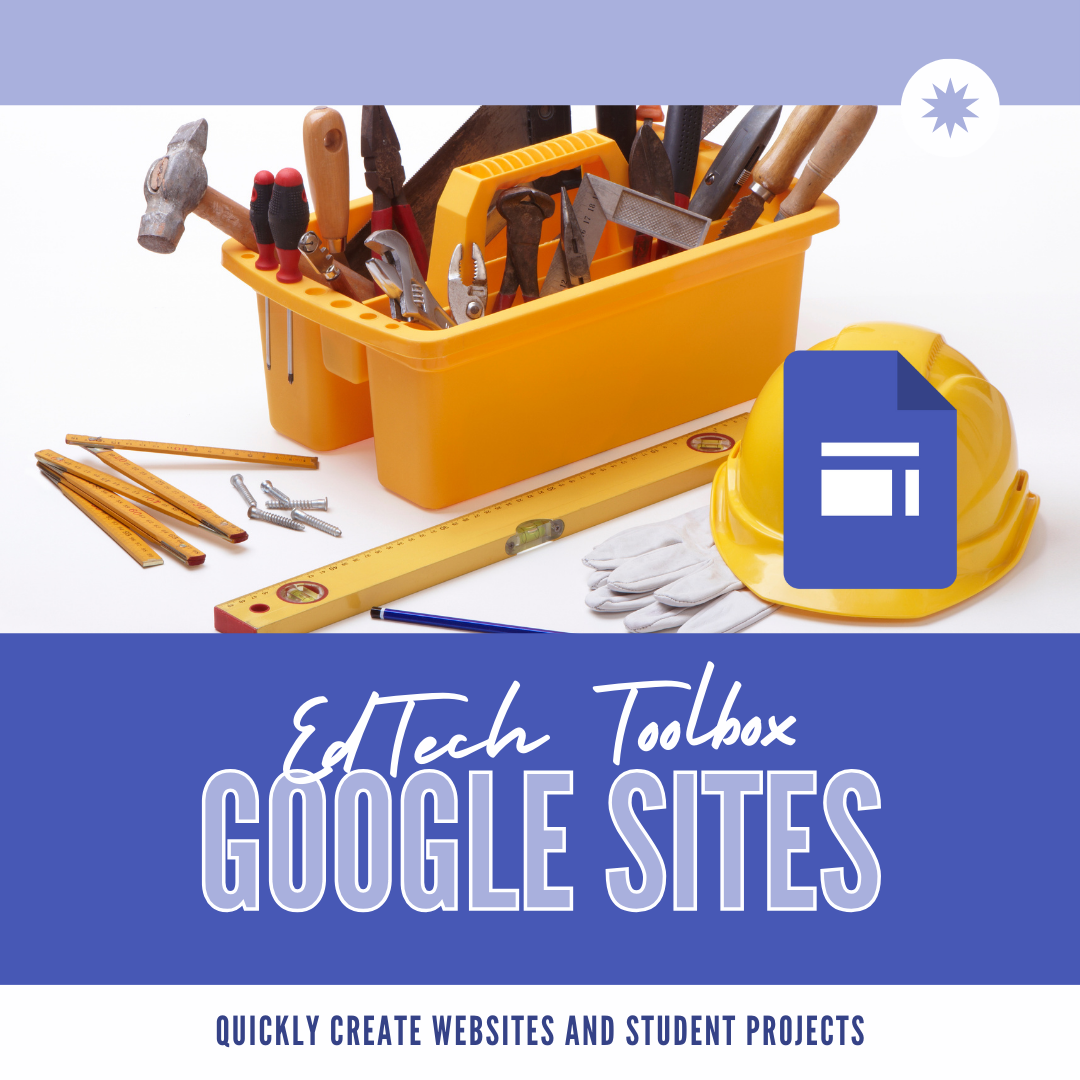When considering new tools to add to your EdTech toolbox, it’s essential to be selective. Too many tools can overwhelm both you (teacher) and students. Here are some criteria to help you evaluate the tools worth your time and effort.
Student-Centered Focus
A key factor in selecting a new tool is ensuring it supports a student-centered approach. The tool should empower students, giving them a voice and ownership over their learning. Look for tools that foster engagement and creativity by allowing students to create, collaborate, and share their work.
Integration with Existing Tools
A great tool should integrate seamlessly with the platforms and systems you already use. This ensures a streamlined workflow and makes it easier to manage all your resources in one place. Check if the new tool works well with tools like Google Workspace, ensuring all your documents, spreadsheets, and presentations are easily accessible and well-organized.
Can Existing Tools Do the Job, or Do You Need a New Tool?
Before adding a new tool, determine whether it offers unique capabilities or merely duplicates existing tools. The new tool should complement rather than replicate the functions of your current tools. This ensures that you are not doubling up on functionalities and are adding value to your teaching toolkit.
Time to Learn
Adopting a new tool should not be a time-consuming process. The tool should be intuitive and easy to learn, allowing both teachers and students to get up and running quickly. This lets you focus more on teaching and less on troubleshooting.
Frequency of Use
Consider how often you will use the tool. A versatile tool that can be used frequently for various purposes, such as creating classroom websites, student portfolios, and project hubs, provides ongoing value and ensures it will be a regular part of your teaching toolkit.
Cost-Effectiveness
Budget is always a consideration. Look for tools that offer robust features without additional expenses. Free or low-cost tools that provide significant value can be a cost-effective solution for enhancing your digital capabilities without breaking the bank.
Sustainability Over Multiple Years
Investing time in a tool that will remain useful over the years is crucial. Ensure that the tool is backed by a reliable provider with long-term support and updates. Continuous integration with other tools guarantees that it will remain relevant and valuable for years to come.
Collaboration
Collaboration is essential in modern education. The tool should support collaborative projects, enabling students to work together in real-time. It should allow them to co-create content, share ideas, and present their work in a shared space, enhancing teamwork and communication skills.
Versatility
A versatile tool reduces the need for multiple niche tools. It should be adaptable to various educational needs, such as creating classroom websites, digital portfolios, project presentations, and more. This flexibility means you can reduce the number of tools you need to manage, simplifying your EdTech toolbox.
